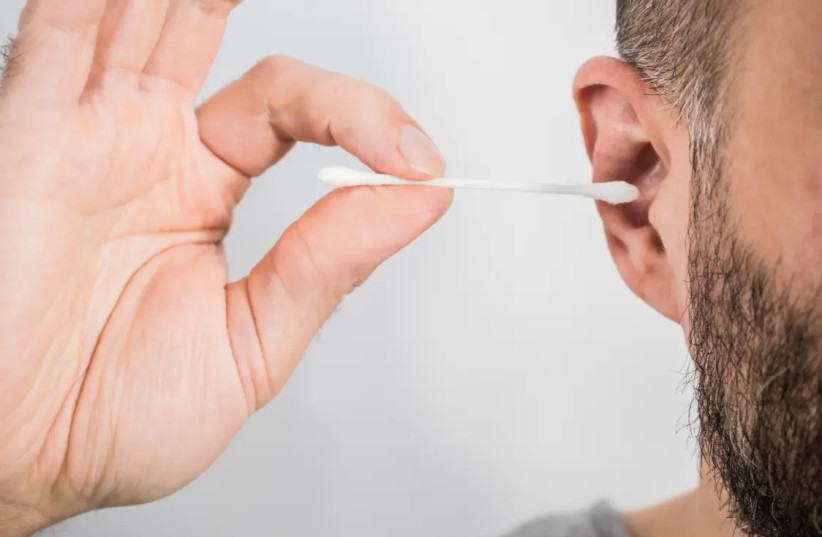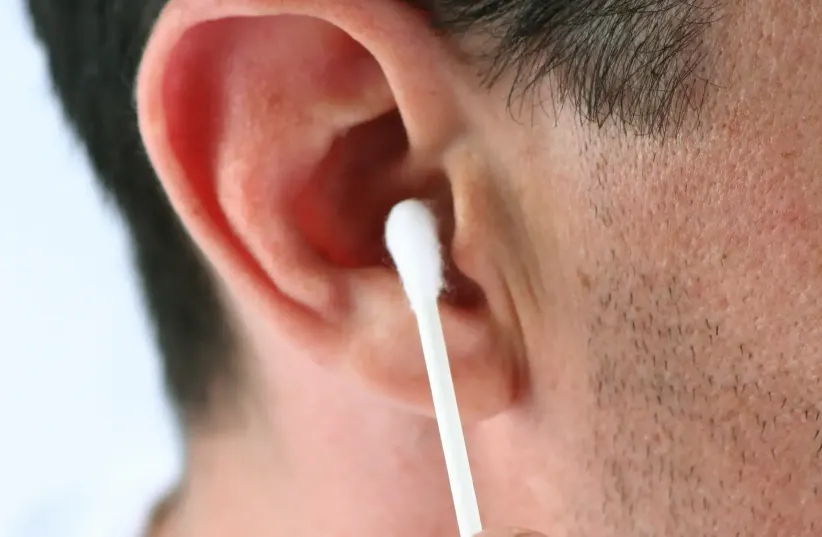The best way to clean your ears is to not clean them - doctor
A British doctor dispels misconceptions about ear cleaning methods, highlighting the risks posed by cotton swabs, and stressing that ears are self-cleaning.
The debate over the use of cotton swabs for ear cleaning has left many wondering about the correct approach. That’s why a British doctor has decided to set the record straight once and for all, revealing the proper way to clean ears – or rather, not to clean them at all.
“How should you keep your ears clean? You don’t,” said Dr. Sooj, a 31-year-old family physician, in a video shared on his TikTok account, which has over 58,000 followers. Speaking in a brief 12-second video that earned tens of thousands of views, he explained that “your ears are self cleaning.”
Dr. Sooj firmly advised against inserting anything smaller than your elbow into the ear, instead suggesting a gentle wipe with a flannel cloth for the outer part of the ear. However, if you encounter any longer-term issues or discomfort, he said to consulting a doctor or nurse for appropriate guidance.
Why is it bad to clean your ears with cotton swabs?
In a 2017 study by the National Children’s Hospital in Ohio, it was revealed that approximately 264,000 children sought emergency treatment in the United States between 1990 and 2010 due to ear injuries caused by cotton swabs. This alarming figure indicates an average of 12,500 injuries per year, or roughly 34 injuries per day.
Further discussion on the matter includes the prevalence of ear infections and the potential risks associated with using cotton swabs. Dr. Kris Jatana, the lead author of the study, revealed in a statement at the time the two common misconceptions he encounters as an ear, nose, and throat specialist – the belief that ear canals should be cleaned at home and the notion that cotton swabs are the appropriate tool for this purpose. He asserts that both assumptions are incorrect.

“The ear canals are usually self-cleaning,” Jatana explained, adding that the use of cotton swabs not only pushes wax closer to the eardrum but also carries a significant risk of causing mild to severe ear injuries.
Dr. Sooj echoes this sentiment, cautioning against the use of cotton swabs and underscoring the potential consequences, which include hearing difficulties, tinnitus, and dizziness. Instead, medical professionals can safely remove excess earwax using specialized tools such as long-handled spoons, forceps, irrigation, or suction.
It is also important to address the use of ear candling, a method involving the insertion of a lit candle and hollow cone into the ear in an attempt to eliminate earwax. This technique is discouraged by experts due to its potential risks and lack of scientific evidence supporting it.


No comments:
Post a Comment
Stick to the subject, NO religion, or Party politics